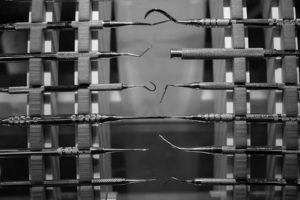Tag
overtreatment
-
•
A look into dentists under pressure to overtreat by their chains
A reporting team’s in-depth investigation into a growing dental chain offers a troubling chronicle of dentists under pressure to meet…

-
‘Conservative diagnosis’ means judicious testing to avoid potential harm
Balancing the challenges of underdiagnosis (missing or delaying important diagnoses) and overdiagnosis (labeling patients with diseases that may never cause…

-
Tip sheet offers overview of breast cancer screening and overdiagnosis issues
With the recent announcement of the American Cancer Society’s change in mammography and breast cancer screening guidelines, the question of…

-
Time takes a critical look at breast cancer treatment
Siobhan O’Connor recently explored in a Time magazine piece an issue that has been gaining traction in both the medical…

-
Return to McAllen illustrates changes ACA has brought to health care system
In June 2009, Atul Gawande wrote an influential New Yorker article, about the community of McAllen, Texas, which has some…

-
•
Tips from Texas for covering Medicaid fraud, overtreatment
For the past two years, as a health writer for the Texas Tribune, Becca Aaronson has been covering the state’s…

-
Health care industry reacting to overtesting, overtreatment
The American health care system wastes an estimated $750 billion a year, according to the Institute of Medicine. At a…

-
Coming soon: Three new films about health care
We know of at least three new movies coming out on health care – overtreatment, undertreatment, cost, quality, the uninsured,…

-
•
AP takes on medical costs of overtreatment
The AP’s Lauran Neergaard has taken on medical overtreatment in America in the first two parts of a six-part series,…





